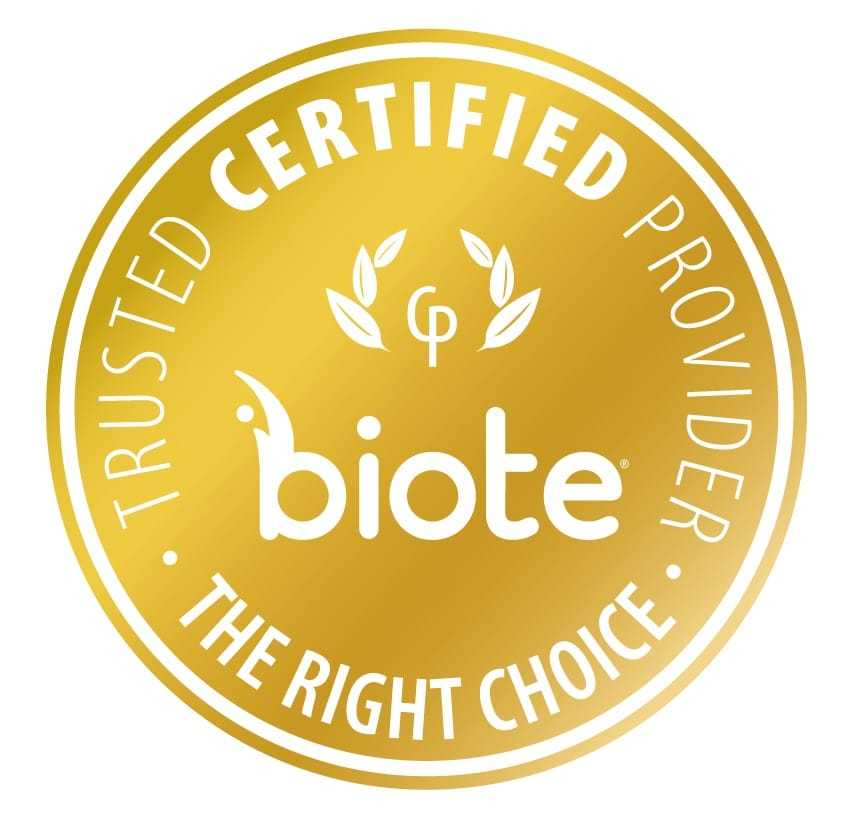Many women dealing with menopause, thyroid issues, or other forms of hormonal imbalance can benefit from hormone replacement therapy to improve symptoms and their overall quality of life. Biote pellet therapy is an effective form of this treatment that involves placing tiny pellets under the skin, which release hormones slowly over time. This is a noninvasive outpatient procedure. It’s common for women preparing for hormone pellet insertion to wonder about how quickly they can get back to their normal exercise routine, as well as what to expect from the recovery process.
Dr. Catherine Vanderloos, located in Shreveport, offers biote pellet therapy as part of a range of cutting-edge MedSpa and GYN services to help women enjoy the best health possible.
When Can You Exercise After Hormone Pellet Insertion?
For the first 24-48 hours after your biote pellet insertion, it’s best to take it easy, allowing your body some time to heal and adjust. Most women can return to their regular activity level within a week or less, but everyone’s recovery will be different, so you should listen to your body.
- Day 1-2: Rest and avoid strenuous activity, especially heavy lifting, to make sure the pellet doesn’t get pushed out of position.
- Days 3-5: Introduce light exercise, like walking or yoga, but nothing high-impact that could place pressure on the insertion site.
- Days 6-7: Depending on how you feel, and if there’s no discomfort or swelling, you can typically go back to your normal workouts.
For heavier forms of exercise, like weightlifting or high-intensity interval training, it’s better to wait two weeks after the procedure to let the pellet settle properly.
Why Exercise is Important After Hormone Pellet Insertion
After the initial rest period, working out is not only safe but also highly recommended to help you respond better to the procedure and get the maximum benefits. Moving your body improves blood flow and increases circulation, which helps distribute the hormones released by the biote pellets more efficiently. This means you might see the improvements more quickly, including more energy, fewer mood swings, and relief from hot flashes. Regular movement promotes a healthy heart, quality sleep, stronger bones, and mental clarity, all of which contribute to a happier you and complement the effects of this treatment.
What is Hormone Pellet Insertion?
Hormone pellet insertion is a form of hormone replacement therapy that’s designed to be more consistent than other methods. Biote pellets are smaller than a grain of rice and can be placed under the skin in a simple office procedure, usually near the hip. The pellet releases a small, steady dose of hormones into your bloodstream over the course of 3-6 months. These hormones are meant to be identical to the ones your body makes naturally, like estrogen, so they’re very effective at alleviating the uncomfortable symptoms of menopause and other types of hormonal imbalance.
Some of the reasons many women prefer this method include:
- The constant supply of hormones provides consistent relief, unlike pills or creams, which can cause ups and downs in the process of being applied or from wearing off.
- Getting the treatment every 3-6 months is more convenient than methods that are used daily.
- The dosage is tailored to your specific needs, according to blood tests of your hormone levels, so it’s very effective.
Women who haven’t had success with other types of hormone replacement treatments or who need a lower-maintenance option can see phenomenal results from trying hormone pellet insertion. In most cases, you can begin to see improvements within a few weeks, and the full benefits are usually felt by the second month.
Hormone Pellet Insertion Services in Shreveport, LA
If hormonal imbalance is affecting your life, hormone pellet therapy might be the answer to help you feel like yourself again. Dr. Vanderloos’s clinic in Shreveport, LA, offers caring and attentive support, as well as decades of experience in women’s health and hormone replacement therapy. With Dr. Vanderloos and her team, you’re in great hands! Call for a consultation to discuss your symptoms and determine if you’re a good candidate for biote pellets.
Image Credits: misfire_studio/Shutterstock



